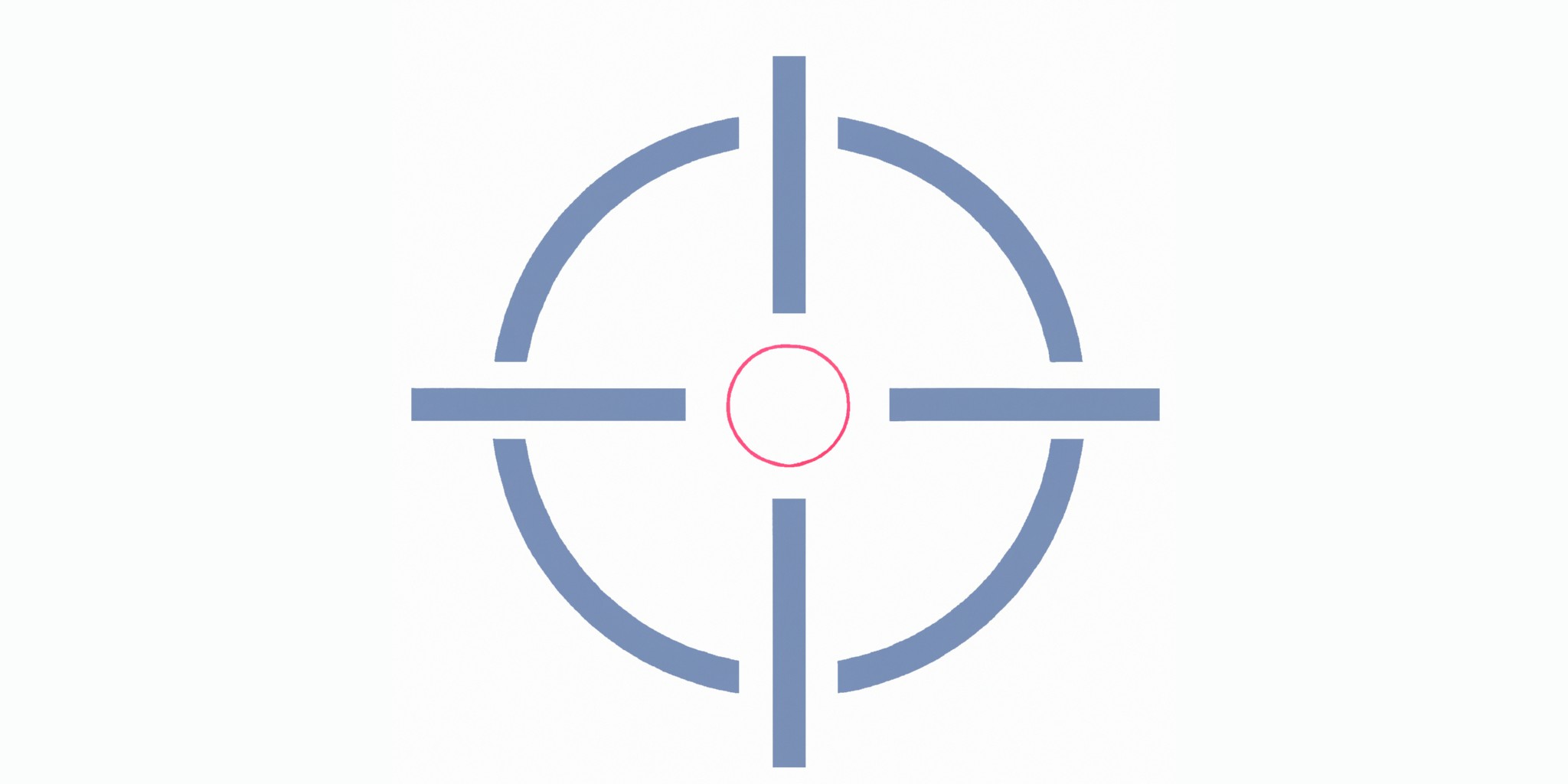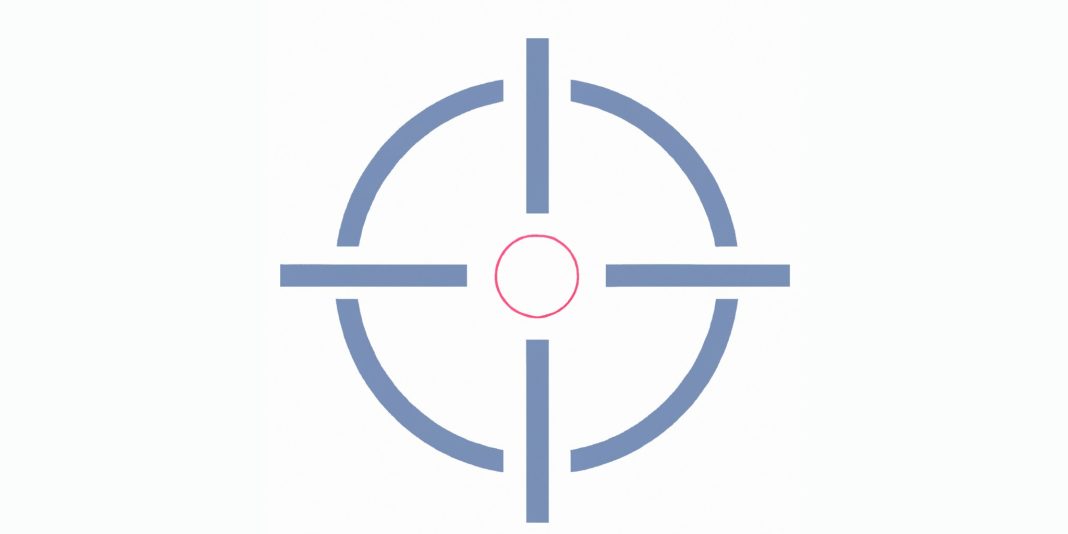 The Decline of Personal Checks and Target’s Decision to Drop Them
The Decline of Personal Checks and Target’s Decision to Drop Them
Personal check use has been on a steady decline since 2018, with an annual decrease of 7.2 percent. As a result, several retailers, including Aldi and Whole Foods, have stopped accepting personal checks. Now, Target has announced that it will be joining them, no longer accepting personal checks as a form of payment starting July 15.
A spokesperson for Target explained that the decision was made due to extremely low volumes of personal check usage. The company has taken steps to inform customers about this change and reassured them that they will still accept other common forms of payment such as cash, credit cards, and debit cards. Although personal checks are currently listed as an acceptable form of payment on Target’s website, this information will likely be updated by July 15.
This shift away from personal checks aligns with a broader trend in the United States. The use of personal checks has been declining since the mid-1990s, largely due to competition from alternative payment methods. Whole Foods made headlines in 2014 when it announced that its stores in the Southwest would no longer accept personal checks. By accepting only cash and electronic forms of payment, the company aimed to reduce wait times for customers.
While the number of check payments has significantly decreased from 2018 to 2022, the average value of check payments has increased. According to the Federal Reserve’s most recent payments study, the average value rose from $1,908 in 2018 to $2,430 in 2021. Despite this increase in value, checks accounted for only 21 percent of all noncash payment value in 2021, down from their previous status as the highest-value noncash payment method.
The Federal Reserve’s payment study also revealed that noncash payments in the United States have been growing at a faster rate than ever before. From 2018 to 2022, noncash payments reached $128.51 trillion, increasing by 9.5 percent per year. In contrast, personal check use declined by 7.2 percent per year during the same period.
A more recent study conducted by the Federal Reserve in May 2024 focused on consumer payment choice. It found that there has been an increased number of consumer payments, and cash demand has remained stable despite a decrease in its share compared to credit and debit cards. Consumers continue to hold more cash than they did prior to 2020, indicating a lasting need for a resilient cash supply chain.
Interestingly, a study from an Australian university discovered that consumers tend to spend more money when using cashless payment methods compared to traditional cash. This phenomenon, known as the “cashless effect,” suggests that carrying cash instead of cards can help consumers prevent overspending.
In conclusion, Target’s decision to stop accepting personal checks reflects the overall decline in their usage across the United States. As noncash payment methods continue to grow in popularity, it is crucial for retailers to adapt and cater to changing consumer preferences. While cash remains stable as a form of payment, there is an ongoing shift towards cashless transactions, which may have implications for consumer spending habits.


